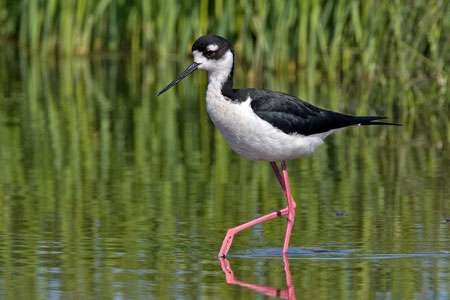 | Water Module |
|
|

Field Preparation
|
MacroinvertebratesDescriptionMacroinvertebrates are animals without backbones which can be seen with your unaided eye. Benthic macroinvertebrates spend most of their lives on the bottom of streams, rivers or lakes.
Role in Streams
Bio-indicatorsSome insects are tolerant of pollution; others are not. The presence or absence of tolerant and intolerant types can indicate the condition of the stream. Benthic macroinvertebrates are good measures of the water quality they inhabit, because they are relatively stationary until their adult stage. The number and diversity of these creatures found at any location on a waterbody, and the degree of pollution the particular type of bug can tolerate, will predict the water quality there. Or conversely, the water quality at a particular location will predict the number, diversity and type of bug that can live there. Aquatic insects are easy to collect, trickier to identify, but on the whole, easier and cheaper to use as indicators than fish and algae. CollectionIn riffle areas, macroinvertebrates are collected with various kinds of nets, depending on the purpose of the investigation. They are collected in other stream habitats such as pools with different collecting gear. IdentificationAquatic insects can be identified to their various taxonomic groupings (order, family, genus, species, etc.) by keys which use descriptions of their body parts and sequences of decisions. It's easiest to first learn the common name and the major grouping (order) of aquatic insects, e.g.:
After a sample is collected with a net, the organisms are usually sorted into major groups such as "order". One counts the number of each major group and then interprets the results in various ways. Interpretation"Bug samples" can give an indication of stream health by:
|

Sitemap | Contact Us |
|